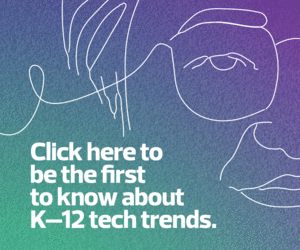What Should a Digital Resource Library Include?
A well-organized digital library makes it easy for students, parents and educators to navigate resources for reading and learning. Although many students are back in classrooms, the aggregation of resources pertaining to remote learning can still benefit school districts.
Quilantán shares how her district’s distance-learning page helps new students understand educational technologies. “Whenever I have a new student, who’s maybe never signed into Google Classroom before, this is what I’ll use with them,” she says. “Because I have a lot of emergent bilingual students, I tried to make it simple enough that I can translate the directions for them.”
The distance-learning tips aren’t the only resources aiding her bilingual students. Quilantán also creates videos, which her students prefer because they include demonstrations and because the students can rewatch parts that cover things they might need help with. Schools can create videos and host them on their digital resource libraries as unlisted YouTube videos, rather than hosting them publicly on YouTube.
READ MORE: Educators create videos to facilitate learning in flipped classrooms.
Audio books and e-books also appeal to bilingual students, among others, because they’re frequently available in more languages and have more accessibility features. “Some students prefer a bigger font,” Quilantán says. “If they have their device, they can open an electronic book, expand the text size and change the background color or change the brightness. It’s faster for them to read and get through a book.”
Each of these elements can exist on a district’s digital resource library, giving students digital resources to use beyond remote learning.
How to Set Up a K–12 Digital Resource Library
Schools that don’t already have a digital resource library website or web page in place should ask their IT department for help to get one started.
“The only reason I’ve been successful in providing resources for my students online is because of one thing, and that’s open communication with the technology department,” Quilantán says. “The partnership between the library department and the technology department — who help us unblock sites and help us install apps and send them out to all the devices — that’s what really makes my job more efficient.”











